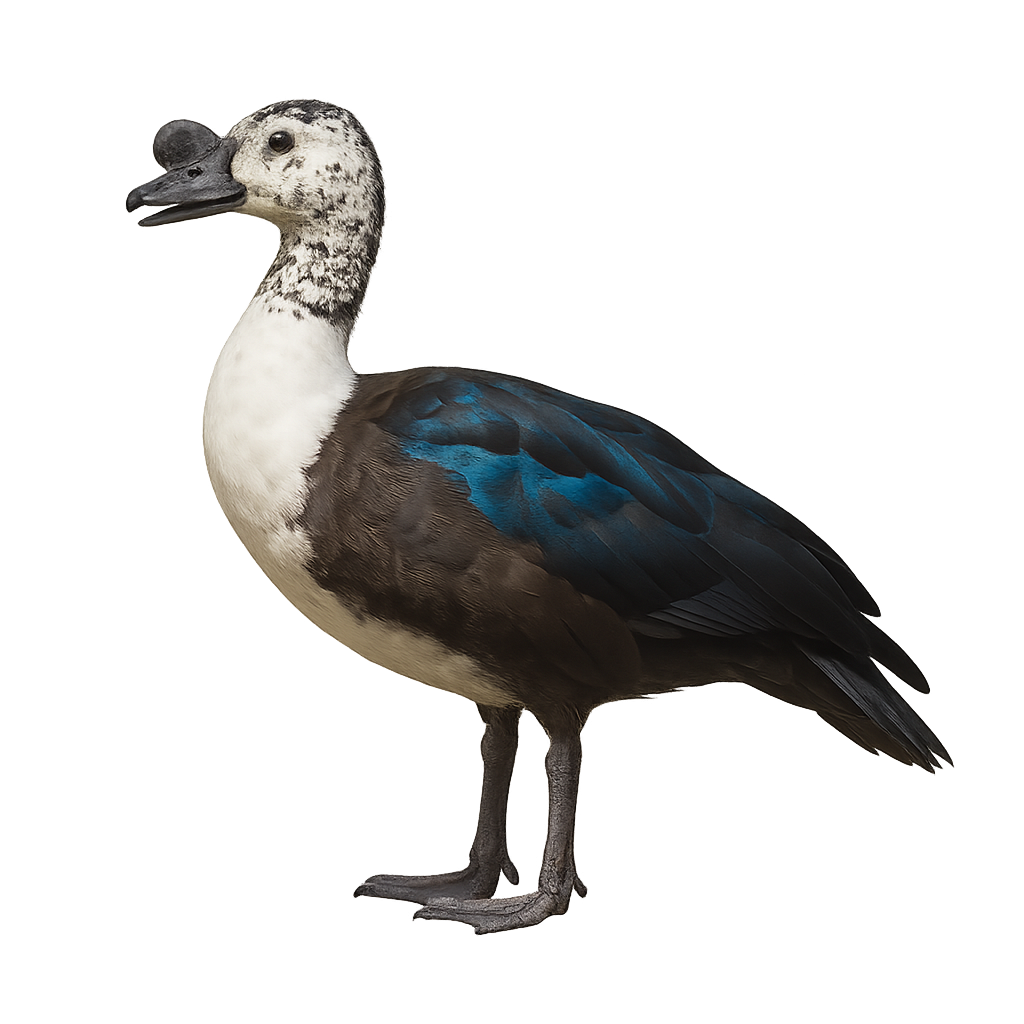Your wildlife photography guide.
Explore the comb duck in detail, study its behavior, prepare your shots.
Where to observe and photograph the comb duck in the wild
Learn where and when to spot the comb duck in the wild, how to identify the species based on distinctive features, and what natural environments it inhabits. The WildlifePhotographer app offers tailored photography tips that reflect the comb duck’s behavior, helping you capture better wildlife images. Explore the full species profile for key information including description, habitat, active periods, and approach techniques.
Comb Duck
Scientific name: Sarkidiornis sylvicola

IUCN Status: Least Concern
Family: ANATIDAE
Group: Birds
Sensitivity to human approach: Suspicious
Minimum approach distance: 10 m
Courtship display: September to December
Incubation: 30-32 jours
Hatchings: October to January
Habitat:
Wetlands, lakes, rivers
Activity period :
Primarily active during the day, with peak activity in the morning and late afternoon.
Identification and description:
The Sarkidiornis sylvicola, commonly known as the Comb Duck, is a distinctive waterfowl known for its unique appearance. This large duck features predominantly white plumage with iridescent sheens on its wings and back. Males are notable for a prominent knob on their bill, which becomes more pronounced during the breeding season. Females are smaller and have duller plumage. This duck primarily inhabits wetlands, lakes, and rivers in the tropical and subtropical regions of South America. It is often seen in small groups, feeding on aquatic plants, seeds, and insects. Although currently listed as "Least Concern," habitat degradation could pose a future threat.
Recommended lens:
400mm – adjust based on distance, desired framing (portrait or habitat), and approach conditions.
Photography tips:
To photograph the Comb Duck, aim for early morning or late afternoon when the light is soft. Use a telephoto lens of at least 400mm to capture details without disturbing the bird. Be patient and discreet, approaching slowly to avoid scaring it. Wetlands often provide beautiful composition opportunities, with reflections on the water and natural backgrounds. Remember to check the exposure to avoid overexposing the white plumage.
The WildlifePhotographer App is coming soon!
Be the first to explore the best nature spots, track rutting seasons, log your observations, and observe more wildlife.
Already 1 439 wildlife lovers subscribed worldwide

